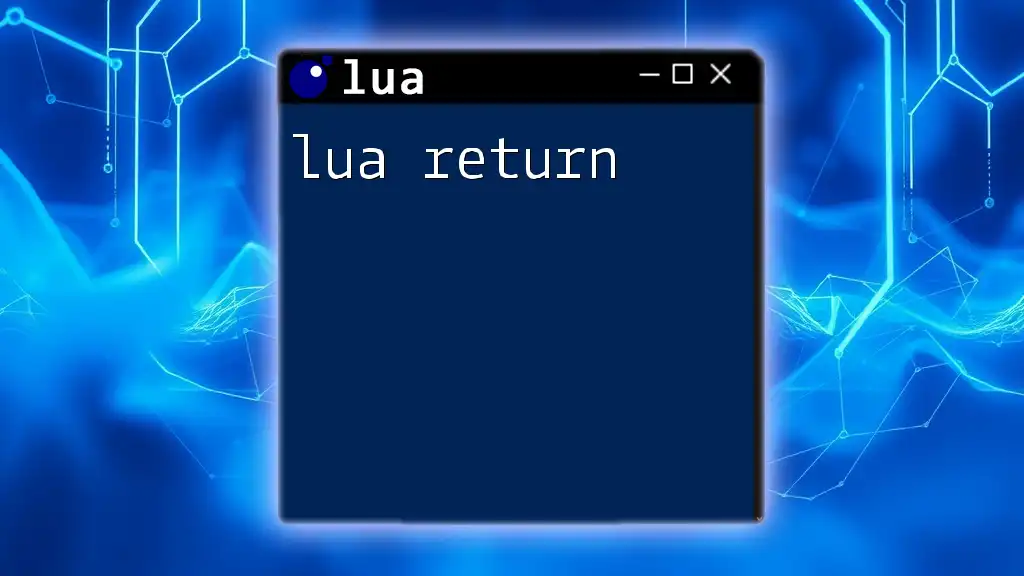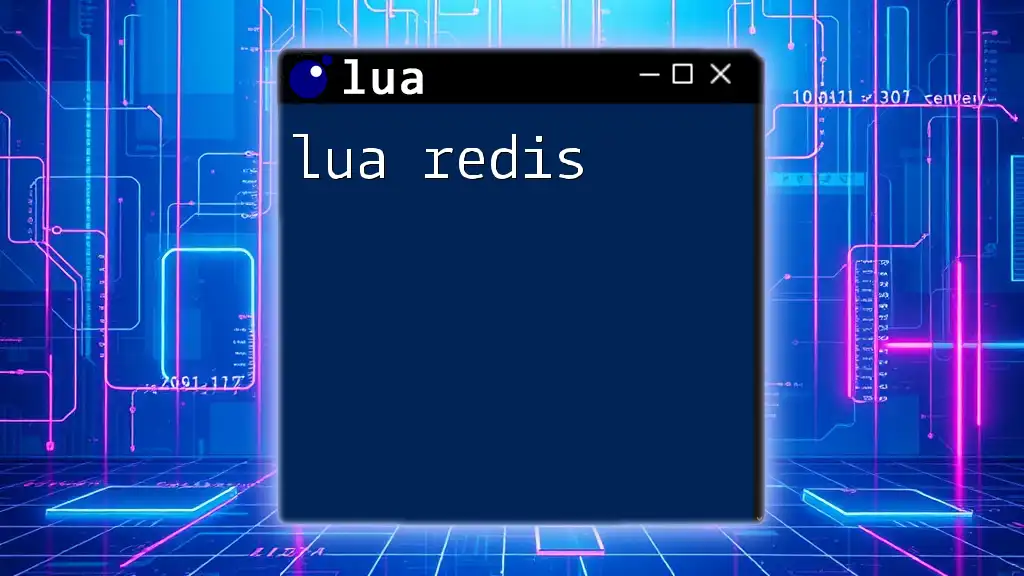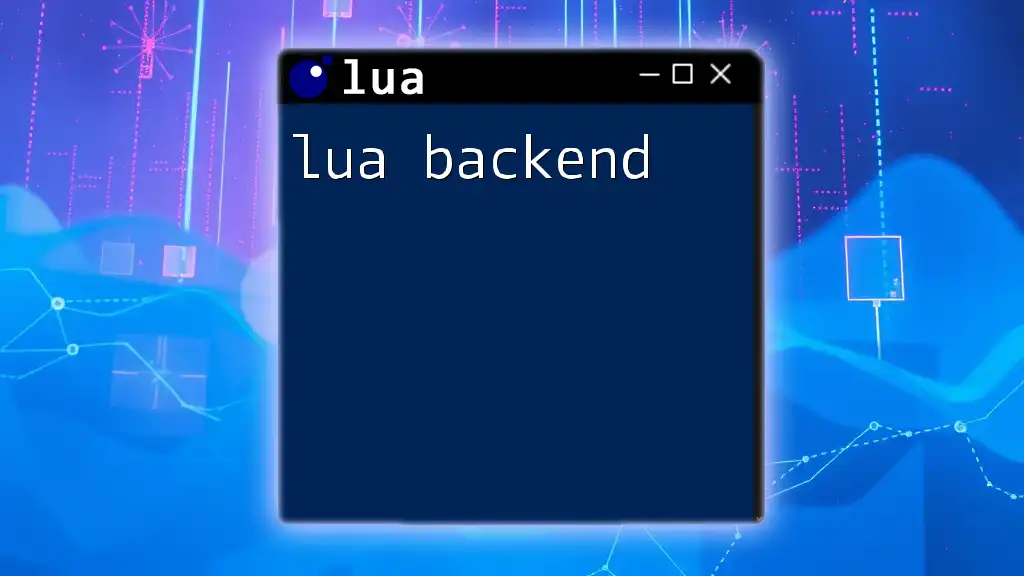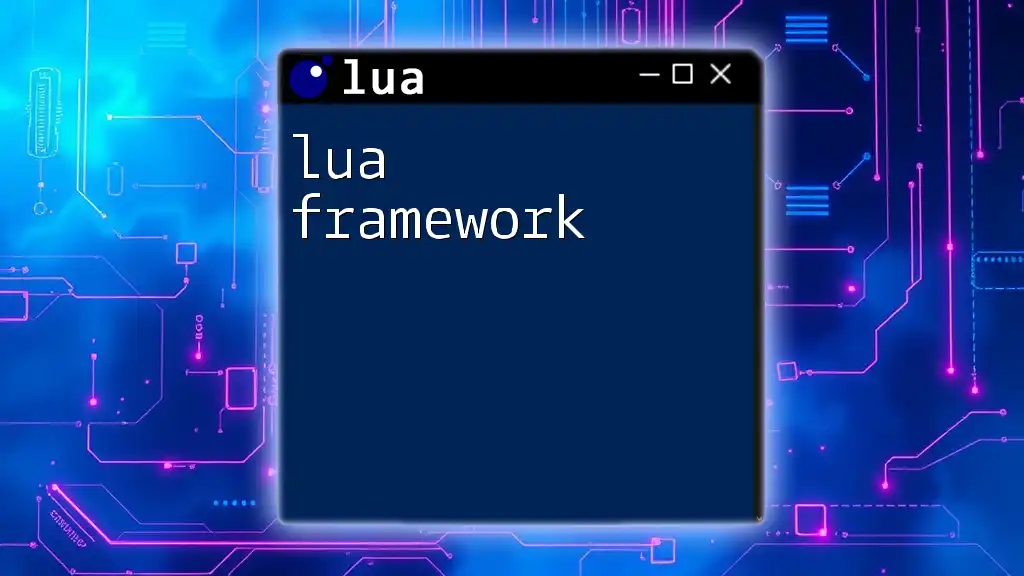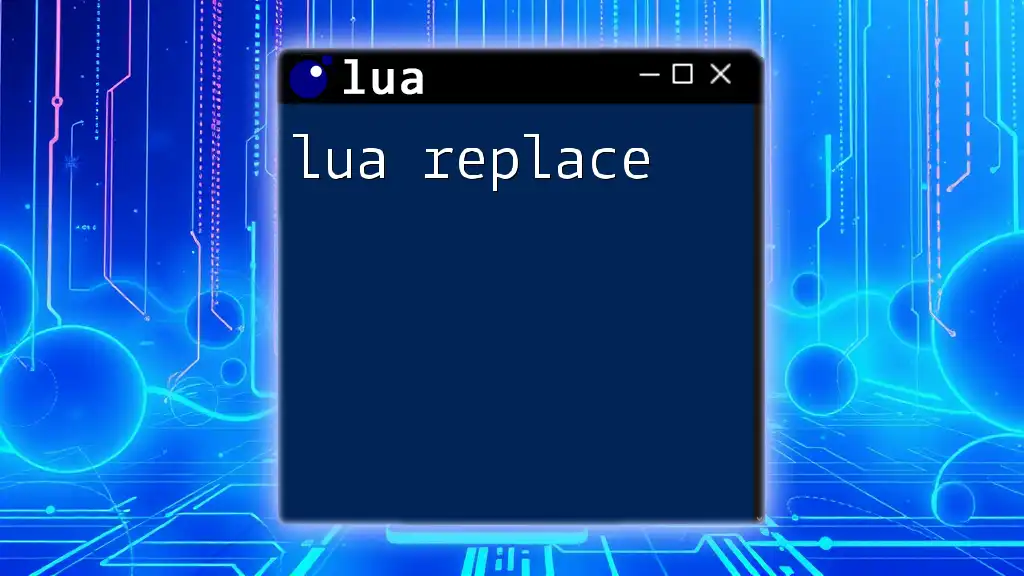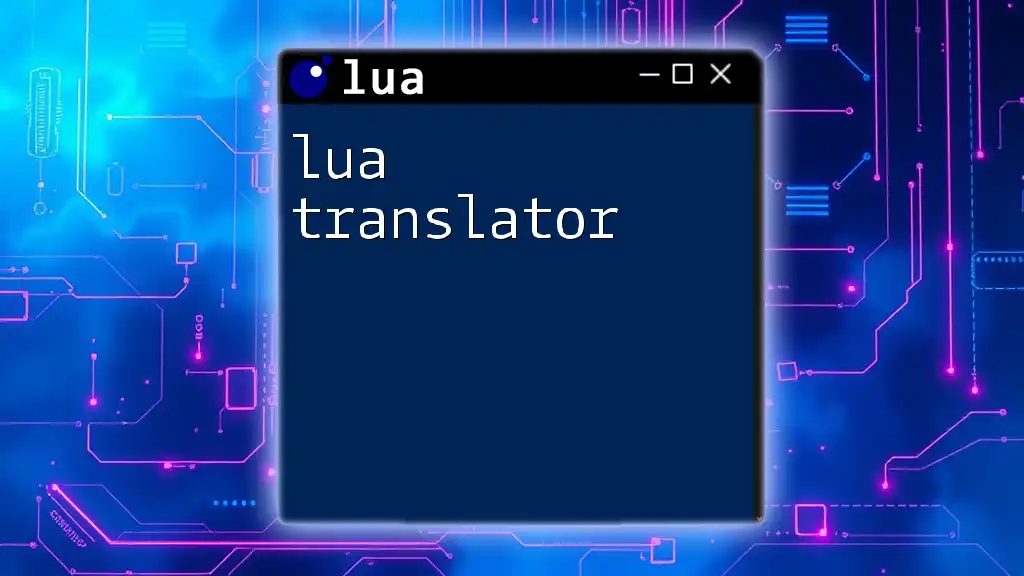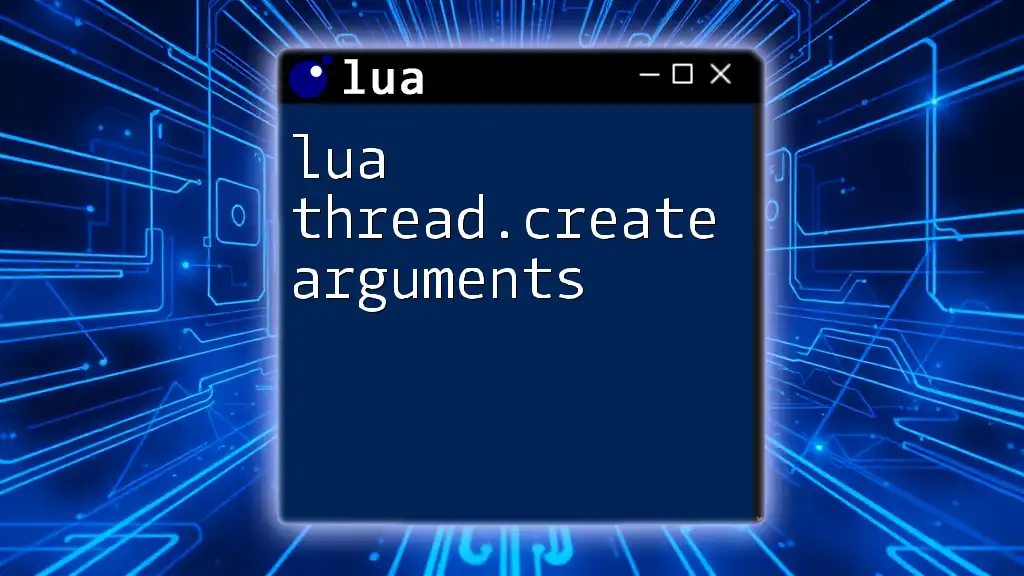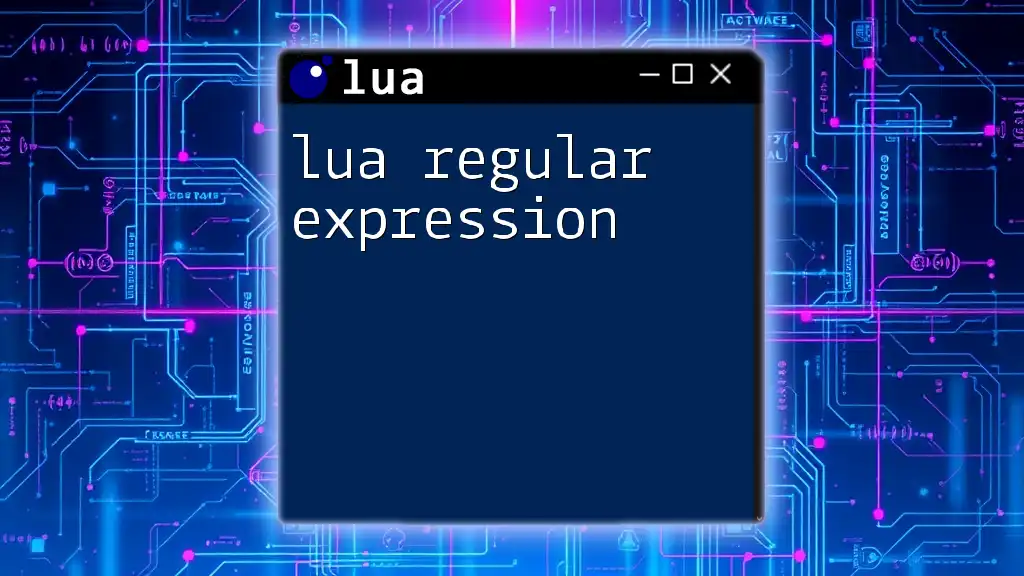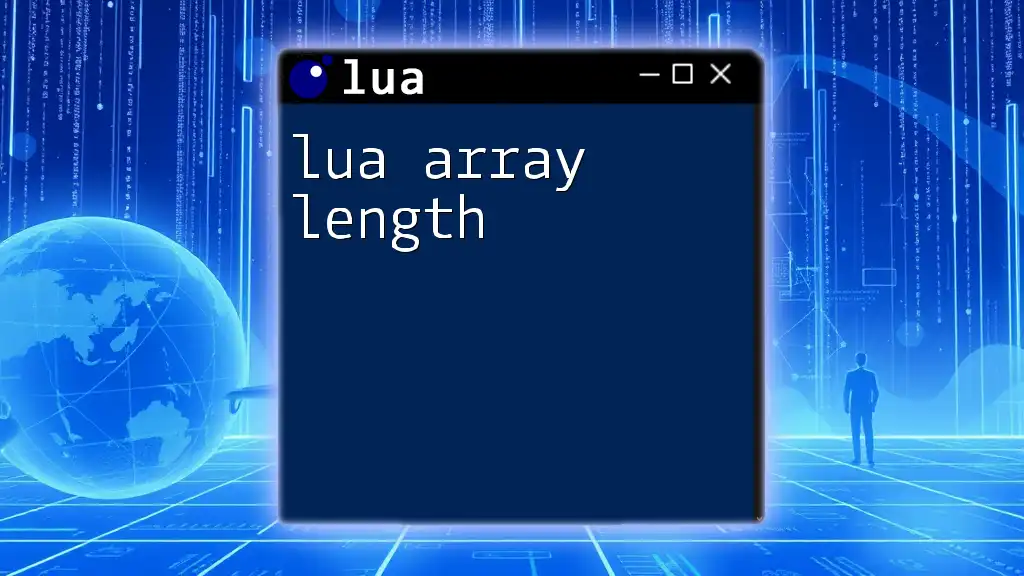In Lua, the `break` statement is used to exit a loop prematurely, allowing you to skip the remaining iterations based on a specific condition.
Here's a code snippet demonstrating its use:
for i = 1, 10 do
if i == 5 then
break -- Exit the loop when i is 5
end
print(i)
end
Understanding Control Flow in Lua
Control flow is a fundamental concept in programming, influencing how code executes based on conditions. In Lua, effective control flow enables developers to create dynamic and responsive applications. Understanding the various control structures, including loops and conditional statements, is crucial for mastering Lua programming.
Overview of Lua Control Structures
Lua provides a set of control structures that allow for complex decision-making and iteration over data. Some key structures include:
- If statements for branching logic.
- While loops for repeating tasks based on conditions.
- For loops for iterating through numerical ranges or collections.
Among these, the `break` command significantly influences loop execution.
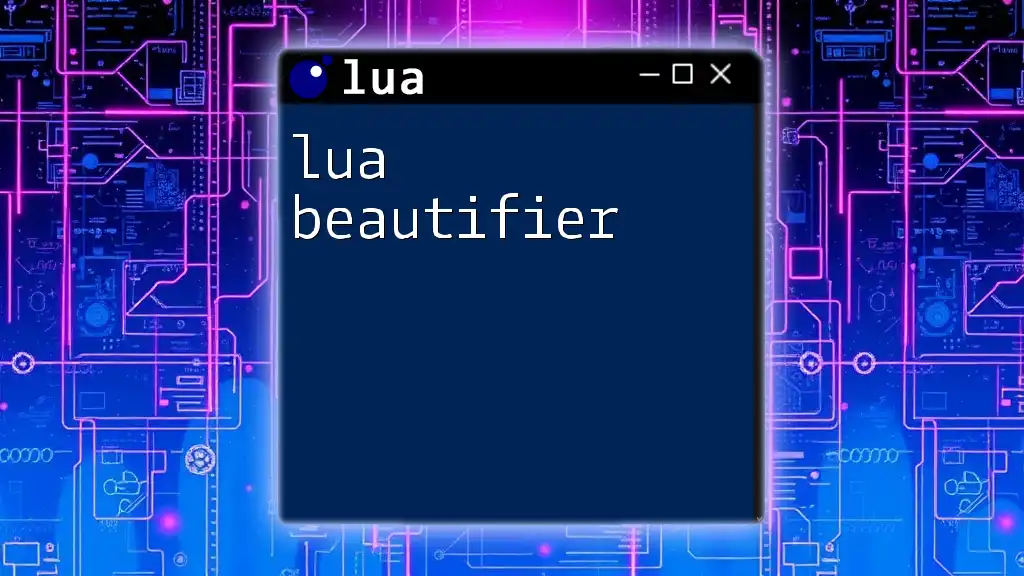
The `break` Command in Lua
What is the `break` Command?
The `break` command in Lua serves a specific purpose: it allows developers to exit from a loop prematurely. This command is valuable in situations where certain conditions are met, and further iteration is unnecessary or even counterproductive.
Syntax of the `break` Command
The syntax for the `break` command is straightforward. It is simply placed inside a loop, and when executed, it immediately terminates the current loop. The command does not require parentheses or any additional parameters, making it easy to implement.
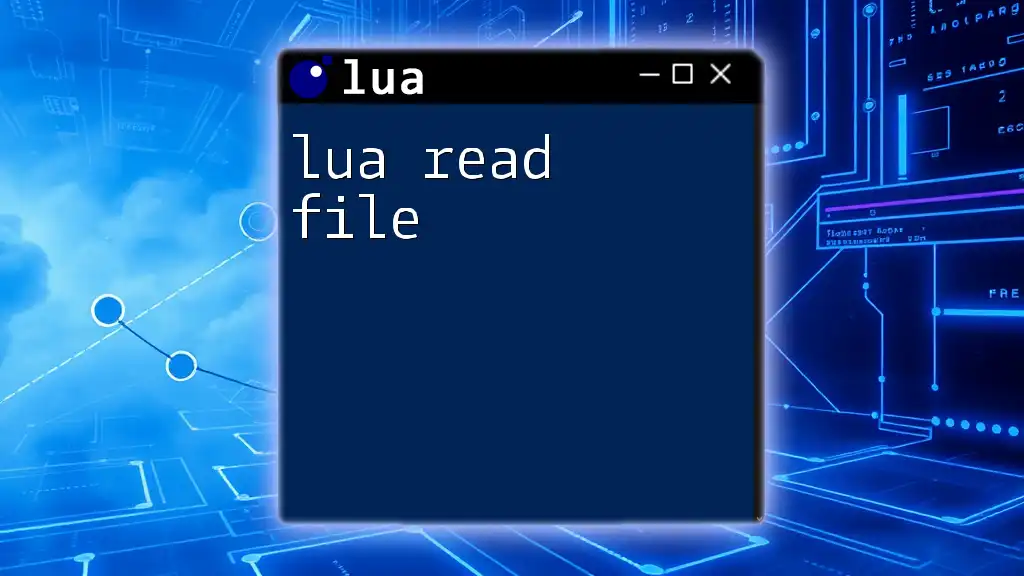
Implementing `break` in Loops
Using `break` in `while` Loops
The `while` loop in Lua allows for repeated execution as long as a specified condition remains true. Here’s a basic implementation of the `break` command within a `while` loop:
i = 0
while i < 10 do
if i == 5 then
break
end
print(i)
i = i + 1
end
In this example, the loop starts incrementing `i` from 0. When `i` reaches 5, the `break` command is triggered, exiting the loop. Thus, the output will display numbers from 0 to 4.
Using `break` in `for` Loops
In addition to `while` loops, the `break` command can also be employed within `for` loops. Below is an illustrative example:
for i = 1, 10 do
if i % 3 == 0 then
break
end
print(i)
end
Here, the `for` loop is set to iterate through numbers from 1 to 10. However, the loop checks if `i` is divisible by 3. When this condition is satisfied (specifically when `i` is 3), the loop exits. As a result, the output will be 1 and 2 only.
Nesting Loops and `break`
One of the powerful features of Lua is its support for nested loops. The `break` command can also be utilized effectively within nested structures. Consider this example:
for i = 1, 5 do
for j = 1, 5 do
if j == 3 then
break
end
print("i: " .. i .. ", j: " .. j)
end
end
In this case, the outer loop iterates from 1 to 5, and for each iteration of `i`, the inner loop checks values of `j`. When `j` equals 3, the inner loop is exited; hence, the output will show combinations of `i` with `j` values 1 and 2, such as:
i: 1, j: 1
i: 1, j: 2
i: 2, j: 1
i: 2, j: 2
...
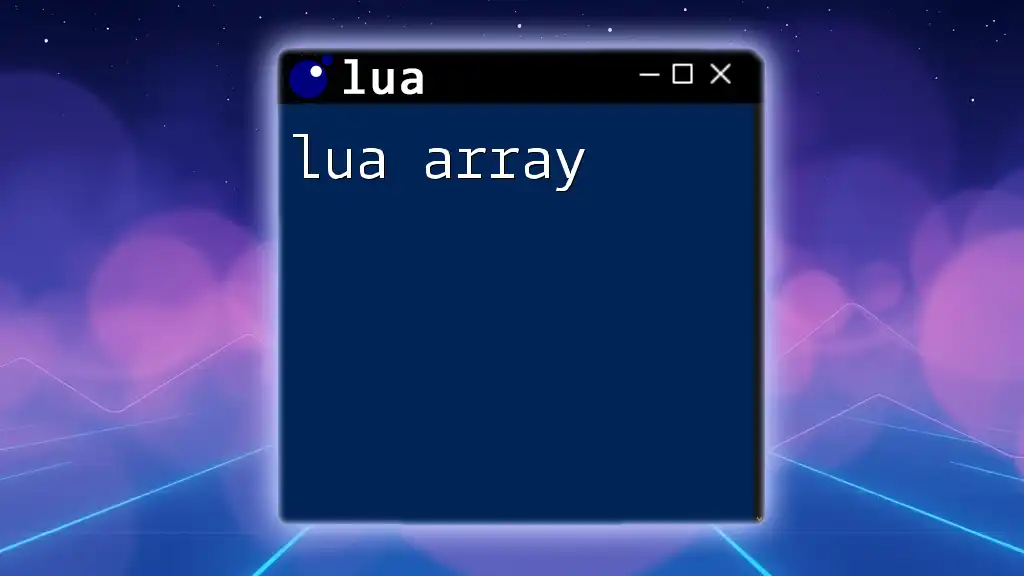
Best Practices for Using `break`
Code Readability
Maintaining code clarity is crucial when using control flow statements like `break`. Using descriptive variable names and keeping your loops structured ensures that your code is more understandable, both for yourself in the future and for others who may read your code.
Avoiding Infinite Loops
Improperly structured loops can lead to infinite execution, wasting resources and causing programs to hang. To prevent such issues, consider adding clear exit conditions and thoroughly reviewing your loop logic.
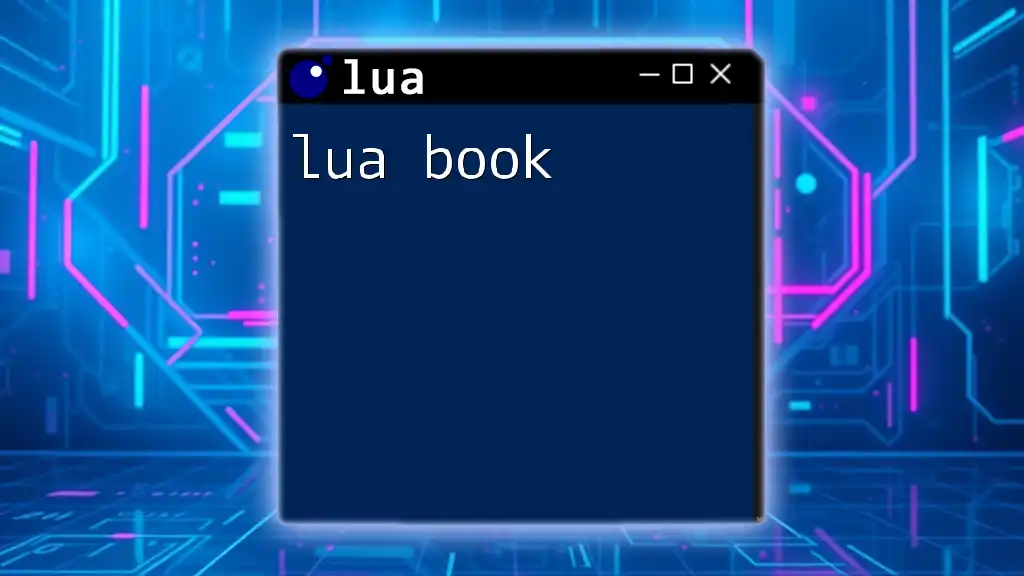
Common Pitfalls and Troubleshooting
Misplaced `break` Commands
One common mistake is placing the `break` command where it does not effectively halt the intended loop. For instance:
for i = 1, 10 do
print(i)
break -- This will only print 1
end
In this scenario, the `break` command will terminate the loop after the first iteration, leading to confusion for larger, intended outputs.
Recognizing When to Use `break`
Using the `break` command effectively requires an understanding of your loops' logic. Evaluate whether you truly need to exit a loop early, as unnecessary breaks can lead to unanticipated results in your program’s flow.
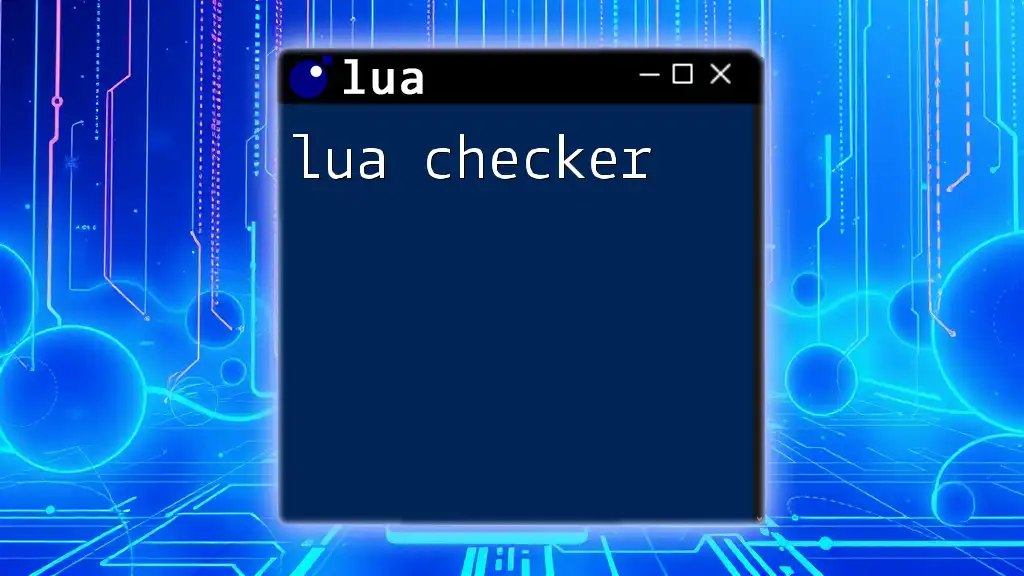
Conclusion
The `break` command in Lua is a powerful tool for managing control flow within loops. By mastering its use in various looping contexts, developers can enhance their scripts, making them more efficient and responsive. Understanding this command is essential for anyone looking to create dynamic applications with Lua.
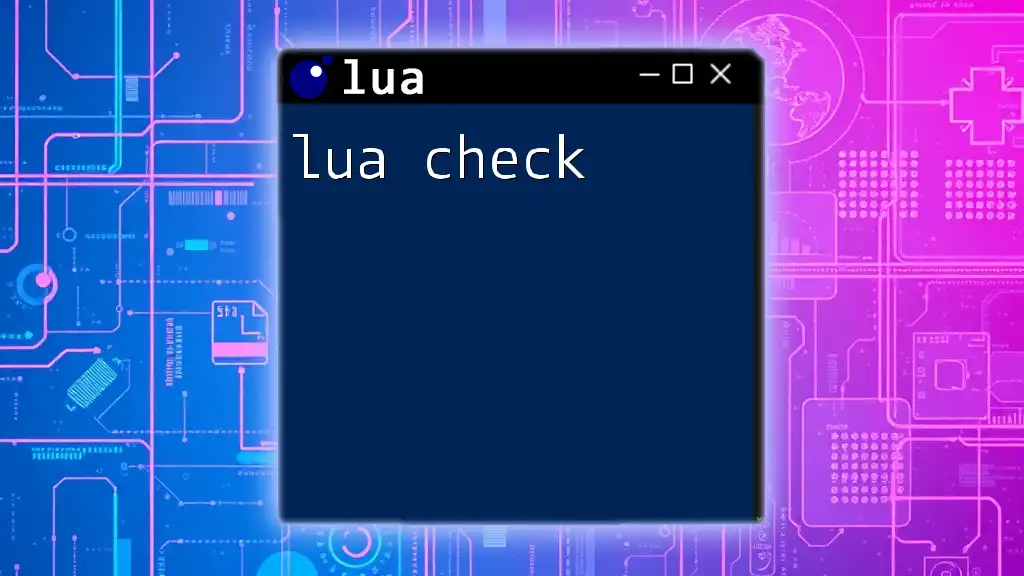
Frequently Asked Questions (FAQ)
What happens if there is no `break` in loops?
Without a `break`, loops will execute according to their specified conditions. If those conditions are never revisited, the loop can continue infinitely or until it reaches the end of its range.
Can `break` be used outside of loops?
No, the `break` command is solely designed for loop contexts. Placing a `break` outside of a loop will result in an error.
Is there a better alternative to `break`?
While `break` is efficient for stopping loop execution, alternatives such as `return` in functions can offer a way to exit from loops when embedded in function contexts. Nonetheless, each structure has its use cases, and the choice depends on the specifics of the situation.








